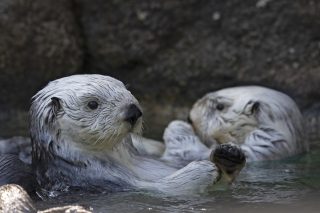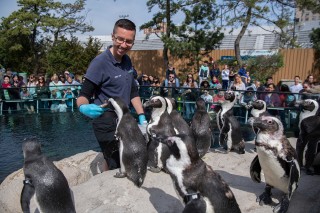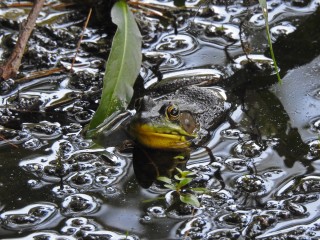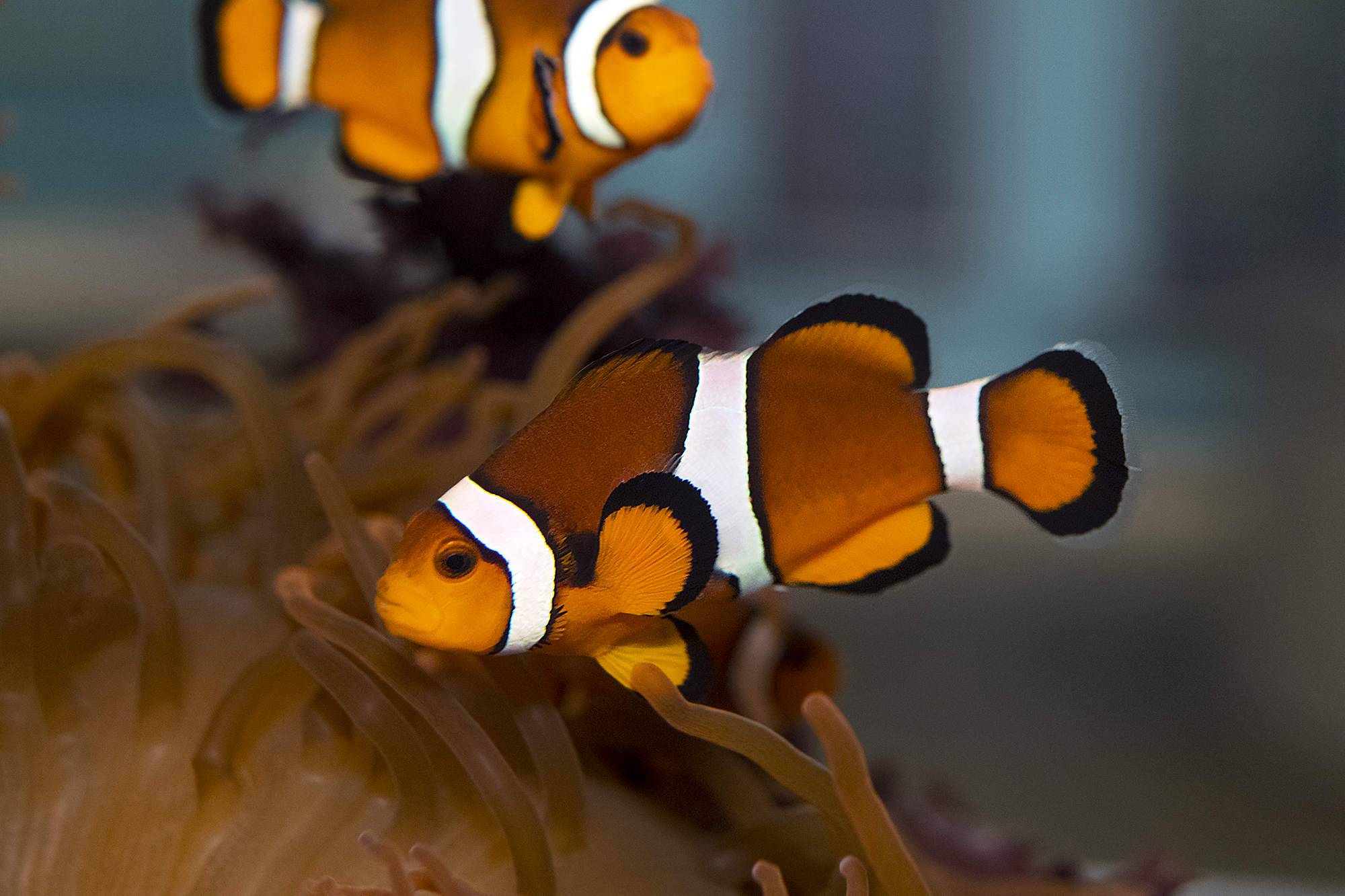
June 2, 2022
Pride in the Park
- as seen by -
 Kira Knotts
Kira Knotts
There’s a popular belief that pets are reflections of their owners, whether it be in “personality” or in appearance. In that respect, there’s nothing wild animal keepers like to do more than find ways to relate to the animals they keep. During Pride Month, information about homosexual tendencies within the animal kingdom is in full flux, but what about gender? It can’t be LGBT without the T, which stands for transgender (transgender individuals are those who do not identify with the gender they were assigned at birth).
It is important to understand that gender is a uniquely human concept designed solely for our human society. Assigning gender roles to animals, or comparing gender identity to sex determination in animals is scientifically inaccurate. But as a transgender individual myself, I can’t always fully relate to the same-sex couples seen in multitudes of species, some of which even exist within the Wildlife Conservation Society parks. But as an aquarist at WCS’s New York Aquarium, do you know what I can relate to? Fish!
Fish, or teleosts, are already incredibly diverse, as there are more than 30,000 species inhabiting fresh and saltwater environments around the world. It makes sense that this diversity extends to how sex is expressed and determined. Sometimes it’s determined genetically through chromosomes, but it can also be determined environmentally (e.g. temperature, pH, population density), or through a combination of the two. Some species exhibit fixed, separate sexes, while others exhibit simultaneous hermaphroditism, which is when the same individual has both male and female sex organs (and produces both types of gametes). There are even species that exist in single-sex populations.
In many species, sequential hermaphroditism is a natural adaptive trait. They will start out as one sex, and at some point later in their life cycle, they will change. This is usually prompted by changes in social structure, or when individuals reach a certain age or size, and is displayed in three patterns; protogynous (female to male), protandrous (male to female), and bi-directional (individuals can change their sex in either direction). We even have some of these species here at the Aquarium. Among them are peacock clownfish (Amphiprion ocellaris – protandrous), black sea bass (Centropristis striata – protogynous), and the snowy grouper (Epinephelus niveatus – protogynous).
See if you can find them during your next visit and be sure to wish your transgender family, friends, and colleagues a happy Pride Month.
EDITOR’S NOTE: To celebrate Pride Month, Wild View is featuring posts by LGBTQ+ individuals or about the LGBTQ+ community and their contributions to science and conservation.
Nikon D5




Leave a Comment